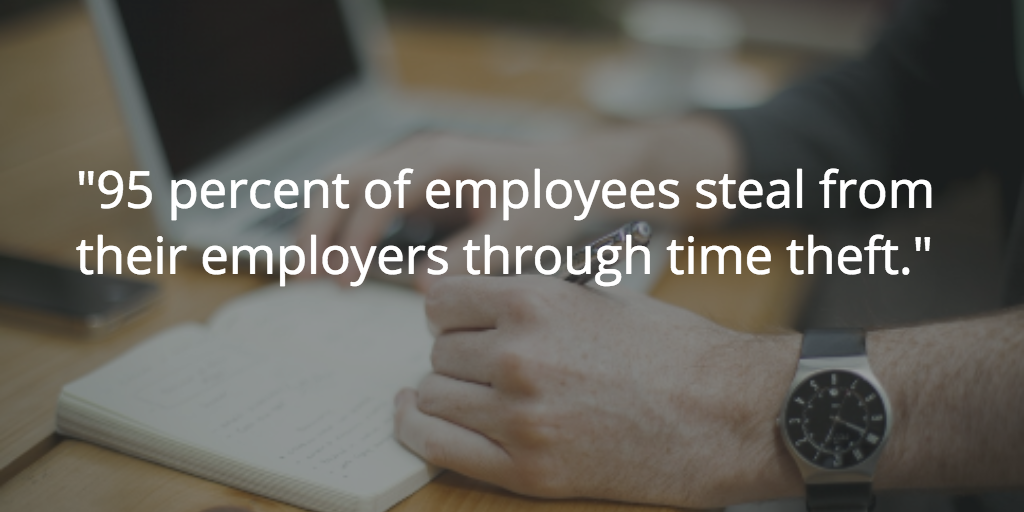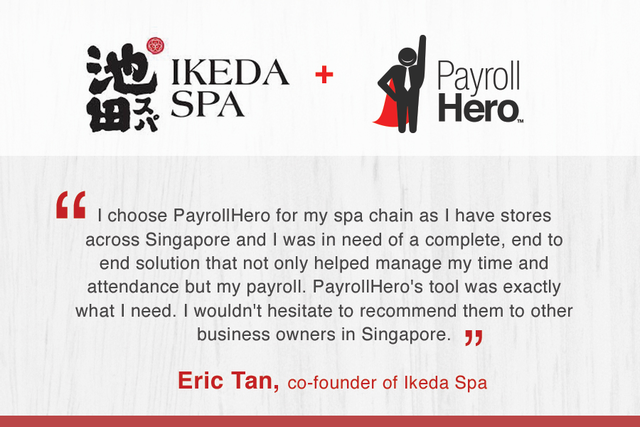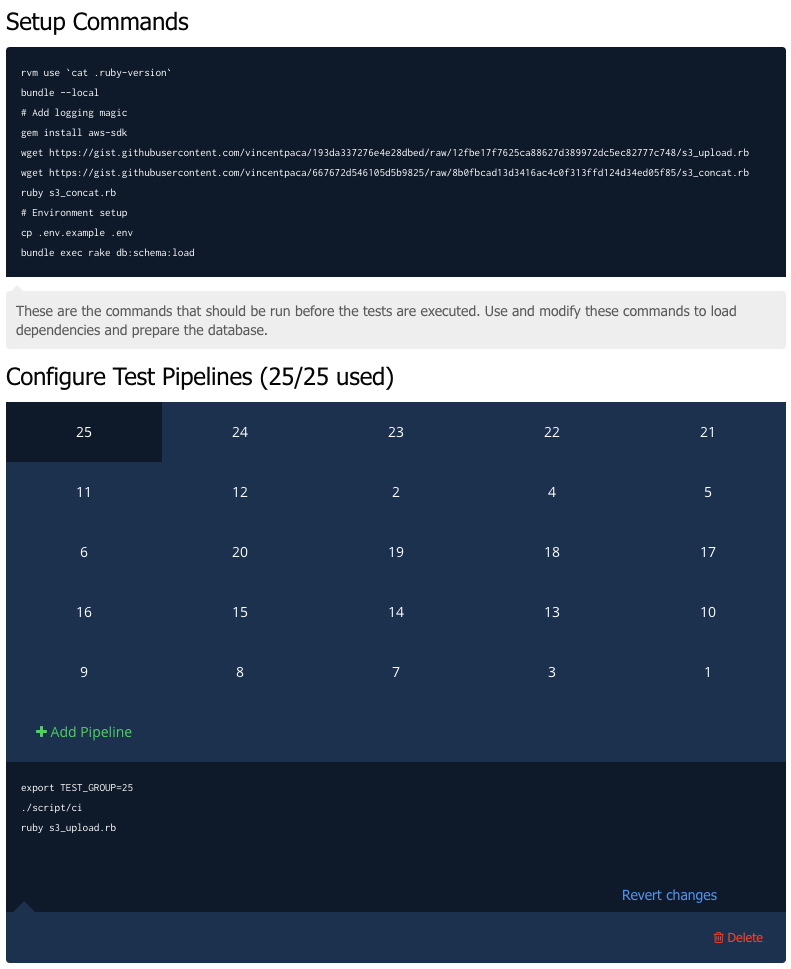
Psst! Are you still using punch cards, time clocks, or any other form of manual scheduling to track employee attendance and schedule? If you are, we have bad news.
Sit down for a minute and consider the following statistics:
- A full 95 percent of employees steal from their employers through time theft. More than 30 percent of these employees perform time theft by writing in earlier arrivals or later departures, or having a co-worker clock them in or out, – 2013 survey, Kessler International
- Buddy punching accounts for 2.2 percent of gross payroll losses – Nucleus Research
- Businesses lose an average of 4.5 hours per week per employee in time theft – that’s more than half the amount you pay for a regular employee in a day. – American Payroll Association
- Each year it costs companies an average of $65 per employee to collect, calculate and enter payroll data. Unauthorized overtime adds yet another $292 per employee, and mistakes in time calculation and employee fraud combined cost an additional $430 per employee. Therefore, manual timekeeping methods cost companies an average of $787 per employee annually. – G&A Partners
The aforementioned figures are worth pondering, right?
Now let’s dig further into the dark, ghastly world of manual scheduling and attendance.
Behold the TERRIBLE TRIO!
The Deceitful Paper-Based Time Sheet
Paper-based scheduling and attendance can be as simple as jotting down everyone’s name in one column and putting in the number of hours they’ve done in a week on another column. Often, login and logout times are jotted down too. It sounds uncomplicated but here’s why this method is outdated:
- Reconciling time sheets, accounting for vacation leaves and overtime, and adjusting schedules takes a lot of time! What if the staff doubles in number for the next six months? The horror!
- There’s a lot of room for error, whether intentional or not. Garbled handwriting, anyone?
- Since it’s taking you forever to go over the time sheets, pay is most likely going to be delayed. Delayed pay means unhappy employees which, of course, leads to a decline in productivity.
- It’s not shareable. Sure, you can have neat photocopies of the time sheets but at the end of the month, most of them are lost or mangled into pieces.
The Abominable Manual Time Clock
Many businesses still stick to the manual time clock because of its low cost. In comparison to time scheduling software, it’s obviously less expensive. But really, how certain are you that the time clock is saving your business money?
It could take a few seconds for an employee to punch in and out, yet much time is required to record and compile the raw data. In short, you need to hire an extra pair of hands to do all these things. The funds that you supposedly save goes into the daily wage of the employee who collects and processes the data.
Next, you could be paying for work that isn’t done in the first place! Enter buddy punching. It’s not common for one of your employees to text a co-worker to kindly clock in for him because he may be running late for work. Or worse, someone from production got a nasty hangover last night, can’t get to work, yet one of the team members clocked in for the absentee today because they’re BFFs.
And there’s the costs of time cards. It may look insignificant at first but the monthly costs could quickly add up, particularly if you’re adding more employees.
Lastly, like it’s deceitful sister – the paper-based time sheet, the manual time clock is a vast magnetic field for errors.
The Sinister Spreadsheet
What’s so sinister about the humble Excel spreadsheet?
Let’s talk about dueling spreadsheets. While there’s no princess to be saved nor kingdoms to be claimed, dueling spreadsheets can be a waste of time, money, and effort in the long run. This occurs when multiple versions of the same spreadsheet do not reconcile with each other.
This Smart Data Collective post explains dueling spreadsheets well:
It happens because the data in a desktop spreadsheet is not bound to a single source that everyone is working from. It may be a single source, but the data may be collected at different times. There may be changes to formulas or additions or deletions that take place, and not everyone is on the same version. This is what happens when spreadsheets are used in repetitive, collaborative enterprise processes.
Research by Ventana on the dueling spreadsheets scenario revealed that 43 percent of their respondents reported that it happens frequently or all of the time, and one-third (31%) find it happening for the most important process that utilizes spreadsheets.
Despite these findings, organizations continue to embrace spreadsheets because “they seem to believe that, like the weather, you can complain about these issues but you can’t do much to change the situation.”
Put an End to the Terrible Trio of Manual Scheduling and Attendance!
Now that we’ve revealed the evil ways of the terrible trio, the PayrollHero team would love to help you prevent the above mentioned pitfalls!
Our ridiculously client-focused approach guarantee that we’ll be with you as you battle your way out of the dark, ghastly world of manual scheduling and attendance. Isn’t it about time that you seek an automated time and attendance system that provides real value for what you’re paying for?
Get in touch with us today and we’ll help your business transition quickly to a seamless time and attendance management system!




 We have added a new tool to
We have added a new tool to 



